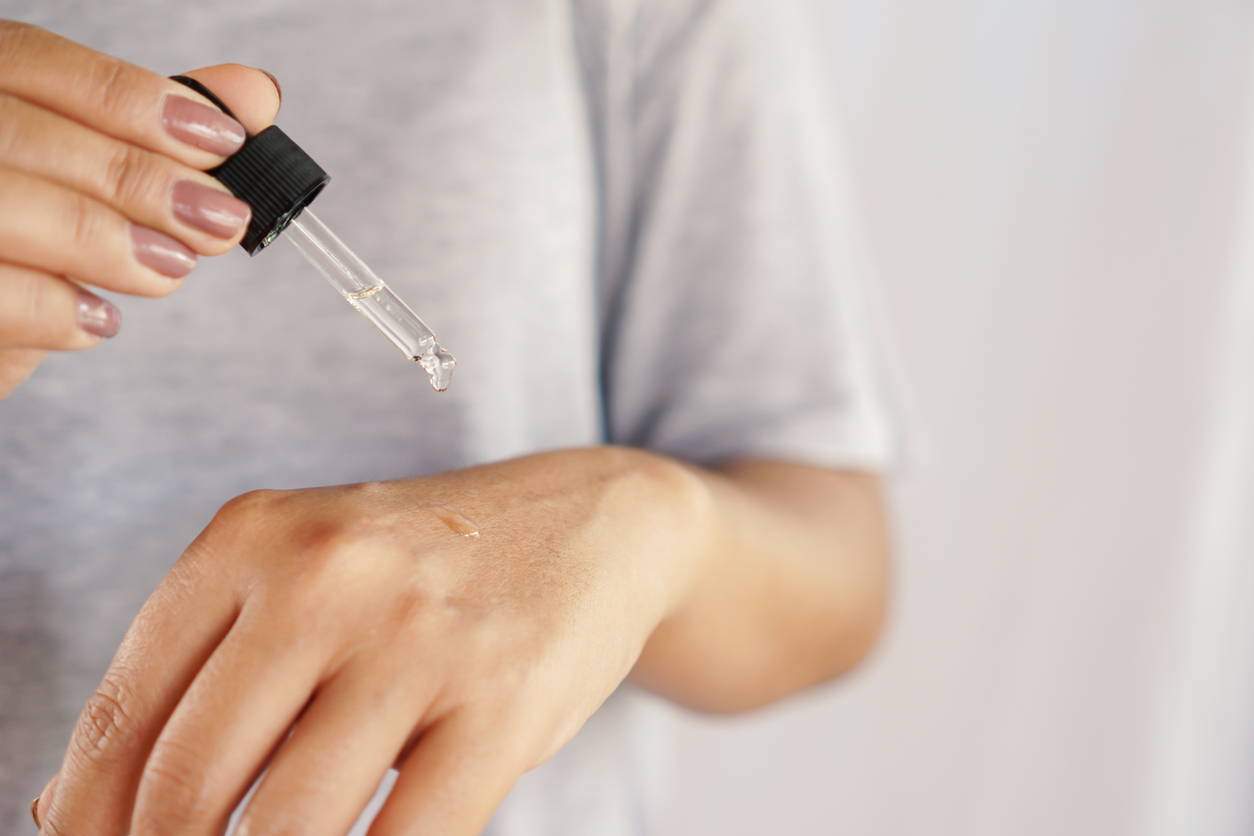Fingernail damage is obvious. Brittle nails that break or peel are clearly in need of repair. However, these are not the only signs of the need for some serious nail care. The following are the three most common signs your nails need care. The sooner you begin to treat the problem, the healthier and your nails will be.
Your fingernails have ridges
Ridges usually form on fingernails due to ageing. Vertical ridges, those that start at the cuticle and continue to the end of the nail, are the most common. These ridges are safe and should not cause any alarm. You can still develop ridges on fingernails as a younger person if you suffer from rheumatoid arthritis or anemia. Other blood diseases may also contribute to this problem. Check with your doctor to be sure the ridges are not caused by a disease or disorder that needs to be treated.
Horizontal ridges are not just unsightly nail problems. They may be a sign of a serious disease. These deep ridges, called Beau’s Lines, appear due to serious skin diseases, heart diseases, diabetes or sometimes as side effects from chemotherapy.
Ridged nails can be treated by attending to any underlying health concerns. They should also be treated directly with a strengthening cream or gel. A ridge filler may be used as well. Nail repair on ridged nails should not include buffing. The ridges are often signs of nails that are already dangerously thin. An attempt to buff out the ridges can leave them more prone to breakage.

You see white spots on your nails
The white spots on your nails are called leukocytes. These spots are said by some to be a sign of low iron, vitamin deficiency or the need for more calcium. None of these are accurate. Leukocytes are formed when the nail suffers from trauma. They can be treated with appropriate fingernail care.
Nail treatments will not make the leukocytes go away. Only time can do that. Eventually, as the nail grows, the leukocytes will be shed. However, the appropriate nail repair steps can help to keep you from developing these white spots in the future. Use a strengthening agent to make your nails stronger and more resilient. They will be less likely to develop unsightly spots when they have been appropriately conditioned. You will also have the bonus of having harder nails that grow faster and stronger.
Your nails have become discoloured
Nails sometimes take on a yellow appearance. There are multiple reasons this can occur. The first, and most obvious, is contact with a foreign agent. Certain dyes and chemicals can cause nails to stain. This includes nail polish; especially those shades that are very dark. Watch your nails as they grow if you suspect this to be the case. New growth should have a normal appearance.
Fungus can also be a cause of yellowing nails. Fingernail repair is urgently needed for fungal infections. Look to a nail restoration product that strengthens your nails while also fighting fungus.
Unlike leukocytes, yellowing nails can be caused by a vitamin deficiency. All the repair you need for this is the addition of a multivitamin. Of course, you should not add any supplements without first checking with your physician. You may want to ask about the possibility of an underlying disease when discussing yellow nails with your doctor. Lung issues and certain autoimmune disorders can make nails appear yellow.